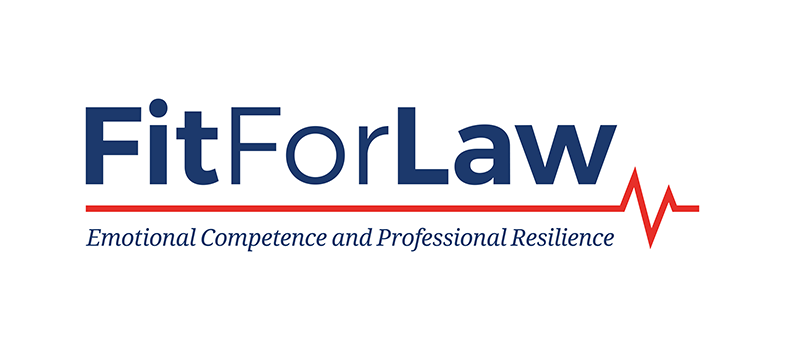3.1 Working in a legal team
The thing with chambers is that more often than not there is somebody around. So if you want to go and find someone to bounce an idea off or if you’re having a problem with something, then yeah, usually there’s somebody around.
Many legal professionals, particularly those who work in medium or large-sized law firms, will work on larger client files as part of a larger team within that firm. Each member of the team will bring their own emotions to their work and interactions.
Within a team, it is likely different members will also contribute in different ways. The work of Belbin (1981) identifies nine different roles within teams (although it was initially eight). It suggests some individuals will naturally gravitate to certain roles, although this may be influenced by particular circumstances. The nine roles are as follows:
- Resource Investigator – finds ideas.
- Teamworker – identifies and completes work.
- Co-ordinator – focuses on objectives and delegation.
- Plant – a creative problem-solver.
- Monitor Evaluator – makes strategic and objective judgments.
- Specialist – brings in-depth knowledge.
- Shaper – provides drive and focus.
- Implementer – plans, and carries out a strategy.
- Completer Finisher – ensures work is complete to a high quality.
More information can be found here on each of these roles and their potential strengths and weaknesses, e.g. a ‘teamworker’ may be good at collaborating and averting arguments, but may struggle to make unpopular decisions.
For the teams that I’ve worked with, you are kind of chosen sometimes for your own individual skills and you’ll be given a particular role because of that skill set.
Belbin’s work is only one way to identify different roles in a team and has been criticised by some, however, it does provide a useful way of identifying and interpreting different team dynamics. This demonstrates that individuals are likely to have different emotional responses depending on the role they play within the team. It can therefore help in understanding and interpreting your own emotional responses and those of your team members.
As well as influencing the emotions of individuals, there is some effort that teams will collectively generate emotions and that these can influence the success of the team, either negatively or positively (Barsade and Gibson, 2013). These team emotions are generated in a number of ways. One way is via ‘emotional contagion’ where one team member’s emotions and moods triggers similar emotions and moods in other team members. Another way is via a team member actively displaying certain moods and emotions to encourage others to respond similarly. These processes illustrate the importance of acknowledging and thinking about emotions within team settings, e.g. a team leader may wish to model appropriate emotional behaviours to encourage other team members to do the same. Likewise, if you leave a meeting where the emotional contagion is negative due to a situation like a colleague or manager being angry and annoyed, you may want to take a few minutes to reorient yourself towards dropping these unhelpful emotions as they belong to another person and may not serve you well that day. You can try recognising this emotion and then engaging in a short activity that helps to diminish this emotion, such as deep breathing or listening to calm sounds or music you like for a minute.
Emotion display rules
Emotion display rules dictate which emotions can be demonstrated by whom, towards whom and in which contexts (Glickson and Erez, 2013). In face-to-face teams, these displays of emotions will take place via the spoken word and individuals’ tone of voice, facial expressions and gestures. It is likely that within a particular workplace, or even within a particular team, some displays of emotions will become more acceptable than others – in some teams it may be seen as excessive to express too much excitement or happiness, whereas others may expect such a display as a way of bonding the group.
It can be useful to reflect on:
- What are the emotion display rules within your team?
- Do these impact positively or negatively on team members’ wellbeing?
- If negatively, how could these be changed?
Ways of facilitating change could include modelling appropriate emotions, commenting positively on relevant emotions displayed by others and fostering an open dialogue on the best approaches to take within your team.
In recent years, there has been an increase in the use of virtual teams. These are teams where individuals are geographically dispersed but work together via digital means, such as email and video conferencing. Often the non-verbal cues that are present in face-to-face teams are not present (or at least not as easy to interpret) in online interactions. However, there are ways to promote emotional awareness online, including using webcams, using icons and emojis and using both written and verbal communication methods to avoid emotional misunderstandings.
3 Working effectively with colleagues
